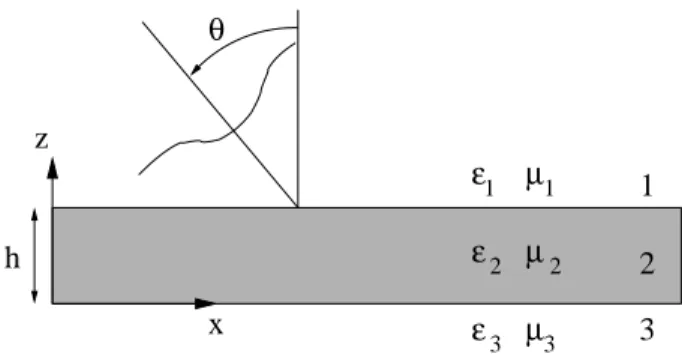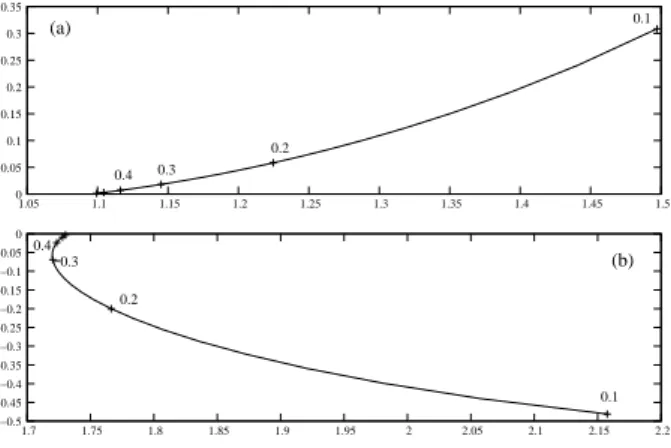Leaky modes of a left-handed slab
Texte intégral
Figure




Documents relatifs
In this article, we shall focus our attention on a par- ticular problem of left-handed electromagnetism namely the propagation of surface polaritons in a curved slab made of
Furthermore the solution structure of the extended duplex was elucidated (26) and a model corresponding to the transition from the loop-loop complex toward the extended
Abstract. There are several ways of defining what it means for a path to solve a rough differential equation. The most commonly used notion is due to Davie; it involves a
L’archive ouverte pluridisciplinaire HAL, est destinée au dépôt et à la diffusion de documents scientifiques de niveau recherche, publiés ou non, émanant des
In the case p < m, the bound obtained for the numerical blow-up time is inferior to the estimate obtained for the blow-up time of the exact solution.. Properties of
In Section 3, we study the steady state solution of a Euler–Bernoulli beam under a moving load, on a foundation composed of a continuous distribution of linear elastic
Finally we describe our approach. In Subsection 4.1, using the comparison of the solutions at u = b, and following ideas in [16,17], we study the behavior of the solutions in
The problem we are interested in here is about a semilinear wave equa- tion with data given on two transversely intersecting null hypersurfaces.. Many problems
